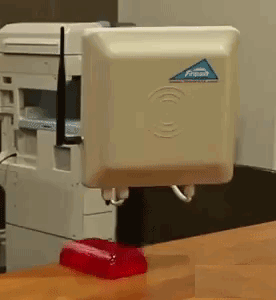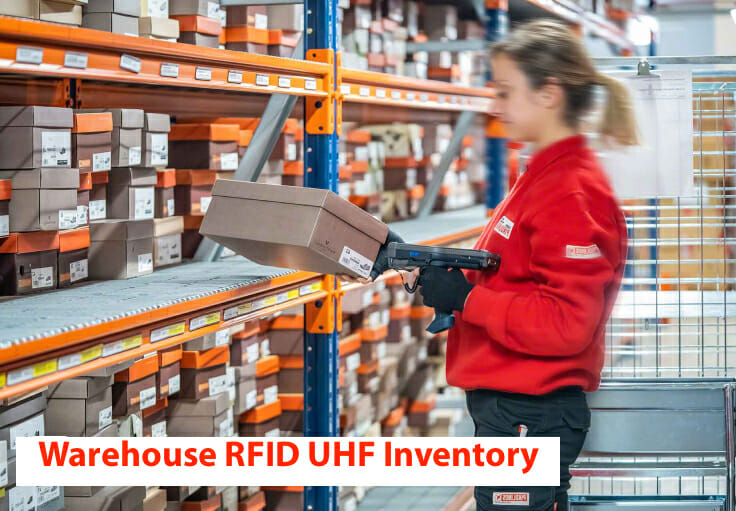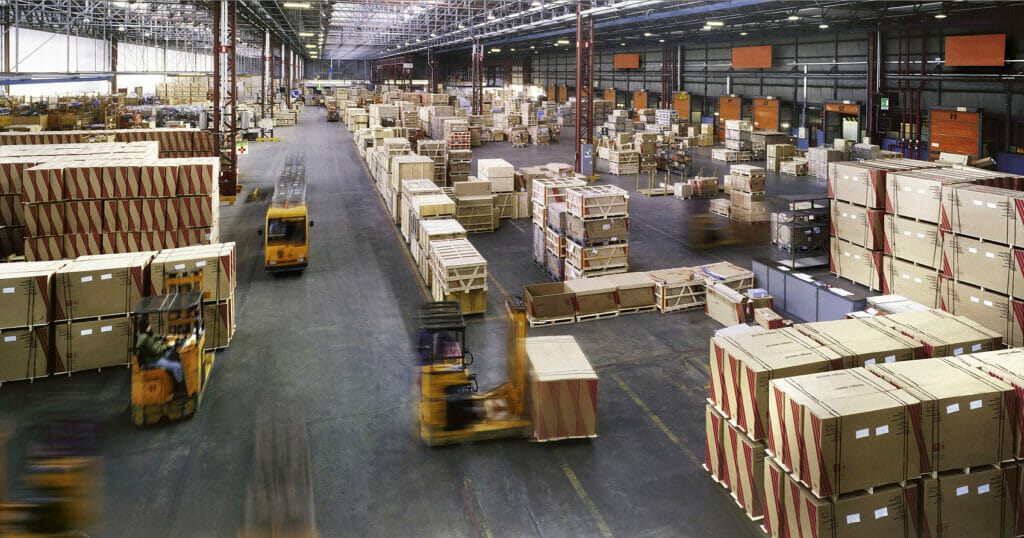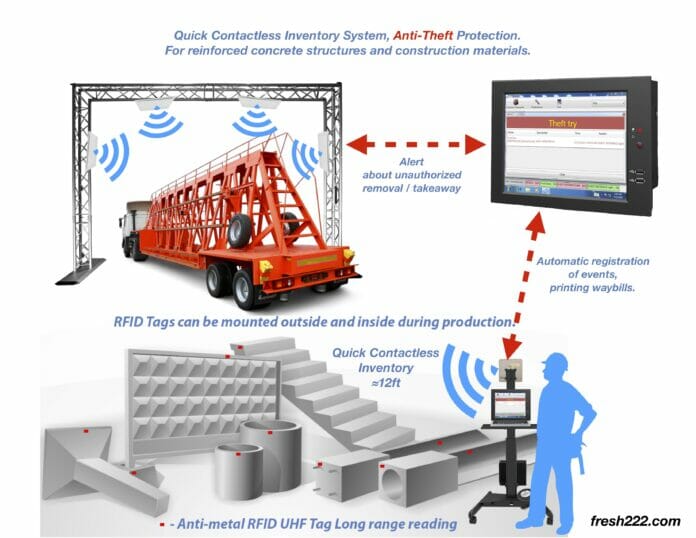Warehouse Theft Prevention refers to the implementation of strategies, protocols, and measures aimed at reducing the risk of theft and unauthorized access to inventory within a warehouse environment. It involves the deployment of physical security measures, advanced technologies, employee training, and operational procedures to deter theft, detect suspicious activities, and ensure the overall security of the warehouse. The goal of warehouse theft prevention is to safeguard valuable inventory, minimize financial losses, maintain operational efficiency, and protect the reputation and profitability of the business. By proactively addressing vulnerabilities and implementing comprehensive security measures, companies can create a secure environment that discourages theft and promotes a culture of awareness, accountability, and deterrence against unauthorized access or malicious activities within the warehouse.
Warehouse Theft Prevention: Safeguarding Your Inventory and Profits
Introduction

In the ever-evolving landscape of business, effective warehouse theft prevention strategies are vital for companies to protect their valuable inventory and ensure the sustainability of their operations. Warehouse theft, encompassing theft, pilferage, and other forms of shrinkage, can significantly impact a company’s bottom line. In this comprehensive guide, we will delve into the world of warehouse theft prevention, exploring best practices, innovative technologies, and expert insights to help you safeguard your inventory and preserve your profits.
Warehouse loss prevention system.
Warehouse Theft Prevention: A Critical Concern
Warehouse theft prevention has become a critical concern for businesses across industries. The increasing sophistication of criminals, combined with the complex nature of supply chains, poses significant challenges for organizations aiming to mitigate losses. Warehouse theft prevention involves a multifaceted approach that encompasses various security measures, advanced technologies, employee training, and operational protocols to combat theft, minimize shrinkage, and enhance overall security.
Use RFID UHF Technology for Warehouse Theft Prevention

Warehouse theft prevention is a critical concern for businesses to safeguard their valuable inventory. RFID (Radio Frequency Identification) technology, specifically UHF (Ultra-High Frequency) RFID, offers a powerful solution for enhancing security and mitigating theft risks in warehouses. Here’s how RFID UHF technology can be utilized for warehouse theft prevention:
- Item Tagging: RFID tags can be attached to individual items or pallets within the warehouse. These tags contain unique identification numbers that can be wirelessly read by RFID UHF readers. By tagging items, you create a digital inventory that can be monitored and tracked in real-time.
- Real-Time Asset Tracking: RFID UHF technology enables continuous tracking of tagged items as they move throughout the warehouse. RFID readers placed strategically throughout the facility can detect and record the presence of tagged items, allowing for real-time visibility into the location of inventory. This tracking capability helps identify any discrepancies or potential theft instances immediately.
- Alarm Triggers: RFID UHF systems can be configured to trigger alarms when specific events occur. For instance, if an item with an active RFID tag passes through an unauthorized exit without being properly checked out, the RFID reader can detect the breach and activate an alarm. Such alarms act as a deterrent and alert security personnel to potential theft incidents, enabling swift response.
- Access Control: RFID UHF technology can be employed to control access to sensitive areas within the warehouse. Employees can be issued RFID-enabled access cards or badges that need to be scanned at designated entry points. This ensures that only authorized personnel can enter restricted zones, reducing the risk of internal theft.
- Video Surveillance Integration: Integrating RFID UHF technology with video surveillance systems enhances theft prevention measures. RFID readers can be synchronized with surveillance cameras, triggering video recording when specific events occur, such as an unauthorized item being detected at an exit point. This integration provides comprehensive evidence for investigation and aids in identifying potential culprits.
- Inventory Auditing: Conducting regular inventory audits is essential to identify any discrepancies or missing items. RFID UHF technology simplifies this process by automating the inventory counting procedure. RFID readers can scan multiple items simultaneously, eliminating the need for manual item-by-item checks. This not only saves time but also increases the frequency of audits, reducing the chances of undetected theft.
- Analytics and Reporting: The data collected by RFID UHF systems can be analyzed to generate insights and reports on inventory movement patterns, identifying any anomalies or suspicious activities. These analytics help identify high-risk areas, patterns of theft, or employee behavior that may indicate potential theft incidents. By proactively addressing these insights, warehouses can improve their theft prevention strategies.
By leveraging RFID UHF technology for warehouse theft prevention, businesses can enhance security measures, minimize financial losses, and maintain accurate inventory records. The combination of item tagging, real-time asset tracking, alarm triggers, access control, video surveillance integration, inventory auditing, and analytics empowers warehouses to proactively prevent theft and protect their valuable assets.

The Impact of Warehouse Theft
Warehouse theft can have severe repercussions on a company’s financial health and overall performance. Here are some key ways in which warehouse theft can impact a business:
- Financial Loss: Warehouse theft directly translates into financial losses for a company. Stolen inventory results in lost revenue, reduced profitability, and increased costs to replenish the stolen goods.
- Operational Disruptions: Theft incidents disrupt warehouse operations, leading to delays in order fulfillment, compromised customer satisfaction, and potential penalties or legal consequences.
- Reputation Damage: Warehouse theft incidents can tarnish a company’s reputation, eroding customer trust and potentially leading to the loss of business opportunities.
- Insurance Premiums: Frequent warehouse theft incidents can result in increased insurance premiums, adding to the overall cost burden for the company.
Given these potential consequences, implementing robust warehouse theft prevention measures is essential for organizations aiming to protect their assets, maintain their reputation, and thrive in a competitive market.

The Key Components of Warehouse Theft Prevention
Effective warehouse loss prevention strategies encompass a combination of physical security measures, advanced technologies, employee training, and strict operational protocols. Let’s explore each component in detail:
1. Physical Security Measures
Physical security measures serve as the foundation of warehouse theft prevention efforts. These measures include:
- Perimeter Security: Implementing secure fencing, access control systems, and surveillance cameras to deter unauthorized access to the warehouse premises.
- Lighting: Ensuring well-lit areas both inside and outside the warehouse to discourage potential thieves and aid in capturing clear video footage.
- Locking Mechanisms: Employing strong locks on doors, windows, and storage containers to enhance security and prevent unauthorized entry.
2. Advanced Technologies
The integration of advanced technologies is crucial in modern warehouse loss prevention strategies. Some key technologies to consider include:
- Video Surveillance: Utilizing high-resolution cameras strategically placed throughout the warehouse to provide real-time monitoring and capture evidence in the event of a theft incident.
- Intrusion Detection Systems: Installing motion sensors, alarms, and other detection systems to promptly alert security personnel when unauthorized access or suspicious activities are detected.
- Access Control Systems: Implementing advanced access control systems such as biometric identification or smart card readers to ensure only authorized personnel can enter restricted areas.
Download Warehouse Loss Prevention Software
3. Employee Training
Investing in comprehensive employee training programs is vital to creating a vigilant and security-conscious workforce. Key aspects of employee training should include:
- Security Awareness: Educating employees about the importance of warehouse theft prevention, including recognizing and reporting suspicious activities or individuals.
- Inventory Handling Protocols: Providing training on proper inventory handling techniques, emphasizing accuracy, accountability, and adherence to established protocols.
- Emergency Response Procedures: Equipping employees with the knowledge and skills necessary to respond effectively in case of theft incidents or emergencies.
4. Strict Operational Protocols
Implementing strict operational protocols helps maintain consistency and accountability within warehouse operations. Some key protocols to consider are:
- Visitor Management: Implementing visitor registration and identification procedures to monitor and control access to the warehouse.
- Inventory Audits: Conducting regular, comprehensive inventory audits to identify discrepancies, track inventory movement, and detect any signs of potential theft.
- Collaboration with Law Enforcement: Establishing strong relationships with local law enforcement agencies to facilitate prompt response and investigation in the event of a theft incident.
Warehouse Theft Prevention FAQs
FAQ 1: What are the common targets of warehouse theft?
Warehouse thieves commonly target high-value items, such as electronics, luxury goods, pharmaceuticals, and consumer electronics. However, theft incidents can occur across various industries and can involve a range of products and materials.
FAQ 2: How can I assess the vulnerability of my warehouse to theft?
Conducting a thorough security assessment of your warehouse can help identify vulnerabilities. This includes evaluating physical security measures, reviewing existing technologies, analyzing employee practices, and assessing operational protocols.
FAQ 3: Are there specialized security firms that can assist with warehouse theft prevention?
Yes, several specialized security firms offer comprehensive services tailored to warehouse theft prevention. These firms provide expertise in risk assessment, technology integration, employee training, and ongoing support to enhance your warehouse security efforts.
FAQ 4: What role does employee awareness play in warehouse theft prevention?
Employee awareness plays a critical role in warehouse theft prevention. Educating employees about the risks, training them to recognize suspicious activities, and encouraging them to report any concerns can significantly enhance overall security and aid in preventing theft incidents. Warehouse loss prevention system.
FAQ 5: How can I enhance warehouse theft prevention on a limited budget?
Even with a limited budget, there are cost-effective measures that can improve warehouse theft prevention. These include implementing basic physical security measures, conducting regular inventory audits, training employees on theft prevention best practices, and leveraging affordable technological solutions, such as video surveillance systems.
FAQ 6: What steps can I take to improve collaboration with law enforcement agencies?
To enhance collaboration with law enforcement, establish open lines of communication, share incident reports promptly, and maintain a cooperative approach. Building a positive relationship with local law enforcement agencies can expedite response times and improve investigation outcomes.
Conclusion
Warehouse Theft Prevention is a critical aspect of protecting your inventory, financial stability, and business reputation. By implementing a comprehensive approach that encompasses physical security measures, advanced technologies, employee training, and operational protocols, organizations can minimize the risk of theft, reduce financial losses, and ensure the smooth functioning of warehouse operations. Prioritizing warehouse loss prevention not only safeguards your inventory but also contributes to the long-term success and profitability of your business.
Contact us today to protect your warehouse from theft. Fresh USA, Inc.






